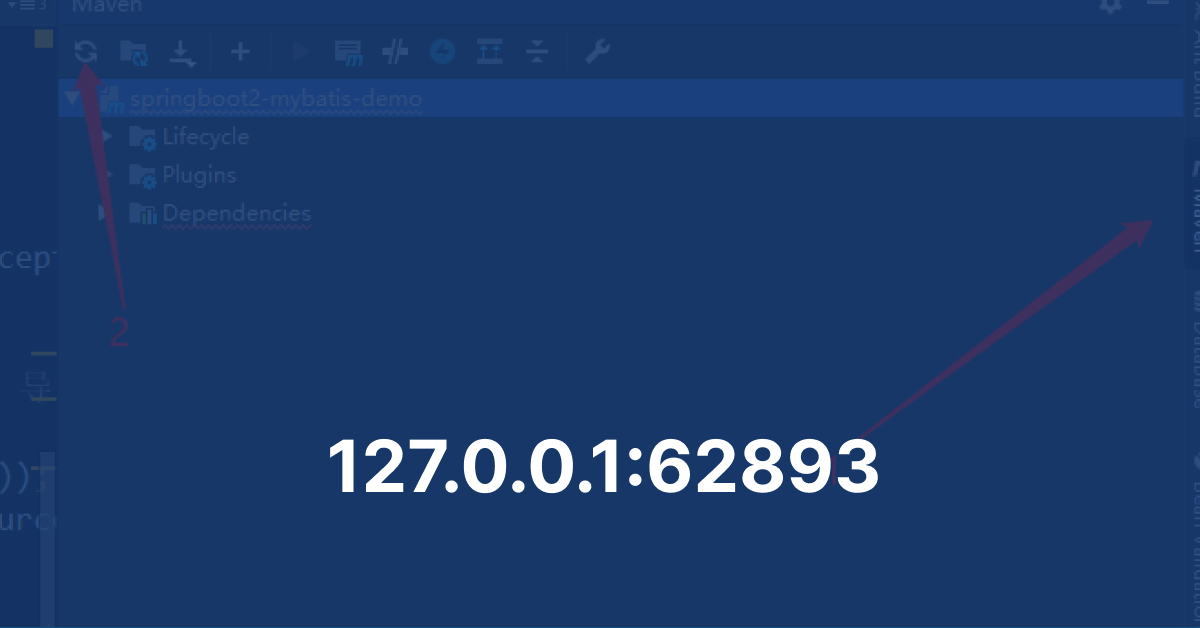Introduction to Network Traffic
Have you ever noticed a strange string of numbers pop up in your device’s settings or network logs? One such example is 127.0.0.1:62893, which might seem like just another technical detail at first glance. However, understanding this piece of information can unlock insights into how your device communicates with itself and the internet at large.
Network traffic is an essential aspect of our digital lives, yet many people aren’t aware of what goes on behind the scenes. As we delve deeper into the world of IP addresses and localhost traffic, you’ll gain clarity on why these details matter—especially for tech enthusiasts and casual users alike.
Let’s embark on this journey to decode network traffic and explore what happens when data flows through 127.0.0.1:62893!
Understanding IP Addresses
IP addresses are the backbone of digital communication. They serve as unique identifiers for devices connected to a network, enabling them to send and receive data.
There are two main types: IPv4 and IPv6. IPv4 consists of four sets of numbers separated by periods, like 192.168.1.1. With over four billion possible combinations, it has been widely used but is gradually being replaced due to exhaustion.
IPv6 was introduced to address this limitation, using hexadecimal notation and allowing for an almost limitless number of addresses.
Every device on a local network also has a private IP address while connecting through public or external IPs when accessing the internet at large.
Understanding these concepts can help demystify how devices communicate and interact across networks seamlessly without any manual intervention required from users themselves.
The Meaning of 127.0.0.1:62893
The address 127.0.0.1 refers to the localhost, often called the loopback address. It’s a special IP used by your computer to communicate internally with itself.
When you see 62893 appended to it, that’s just a port number, allowing multiple connections on the same device without interference. Each application uses different ports for communication.
Using this combination can help in testing and development environments where developers need to simulate network interactions without affecting external systems. It’s like having a private conversation within your own digital space.
Accessing services via 127.0.0.1:62893 means you’re talking directly to an application running on your machine, whether it’s a web server or database service designed for local use only.
This setup is crucial for debugging and ensuring applications behave as expected before going live on wider networks.
Common Uses for Localhost Traffic
Localhost traffic, particularly at addresses like 127.0.0.1:62893, serves a variety of crucial functions in computing.
Developers frequently use localhost to test applications before deployment. It allows for real-time feedback without exposing code to the internet.
Web servers often operate on this address during development phases. This setup ensures that developers can access their work easily and securely.
Database management systems also utilize localhost for local queries and operations. This practice helps maintain data integrity while ensuring smooth interactions with applications.
Moreover, network security tools tap into localhost traffic to analyze behaviors and detect anomalies within software environments.
In educational settings, students experiment with localhost setups to learn networking concepts safely without affecting external networks or devices.
Security Risks and How to Protect Against Them
Localhost traffic, like that at 127.0.0.1:62893, may seem harmless since it originates from your own machine. However, security risks lurk beneath the surface.
Malware can exploit localhost connections to access sensitive data or launch attacks on other devices within the network. Such misuse often goes unnoticed because of the perceived safety of local addresses.
To safeguard against these threats, employ robust firewalls and intrusion detection systems. Regularly update your software to patch vulnerabilities that could be exploited by malicious actors.
Educate yourself about common attack vectors targeting localhost environments. Monitor traffic actively for unusual patterns or unexpected connections to catch issues early.
By maintaining awareness and implementing strong security measures, you can protect your device from the potential dangers associated with seemingly benign localhost traffic.
How to Monitor Network Traffic on Your Device
Monitoring network traffic on your device can seem daunting, but it’s essential for maintaining security and performance. Start by using built-in tools like Task Manager on Windows or Activity Monitor on macOS. These offer a basic overview of active connections.
For more detailed insights, consider third-party applications such as Wireshark or GlassWire. These tools provide comprehensive analytics about incoming and outgoing data.
Set up alerts to notify you of unusual spikes in activity. This can help identify unauthorized access quickly.
Regularly reviewing your router’s admin settings is also beneficial. Most routers have logs that track all connected devices, allowing you to spot any unfamiliar ones.
Ensure your firewall is configured correctly. It acts as the first line of defense against unwanted traffic entering your network.
Conclusion
Network traffic can be a complex subject, but understanding key concepts is essential for anyone navigating the digital landscape. The IP address 127.0.0.1:62893 represents your device’s localhost, highlighting how internal communications work within your system.
Recognizing the significance of this address helps demystify local processes and applications that rely on it. From web development to testing environments, the uses are varied and crucial for developers and tech enthusiasts alike.
However, with convenience comes potential risks. Security vulnerabilities can emerge if proper precautions aren’t taken when dealing with localhost connections. Implementing robust security measures protects both your data and privacy.
Monitoring network traffic also plays an important role in ensuring everything runs smoothly on your device. Utilizing tools designed for this purpose allows you to keep tabs on activity associated with 127.0.0.1:62893 effectively.
Understanding these facets of network traffic lays a strong foundation for better management of technology in our lives today, equipping users to leverage their knowledge while staying safe online.
You May Also Read: usaprimenetworks.com




